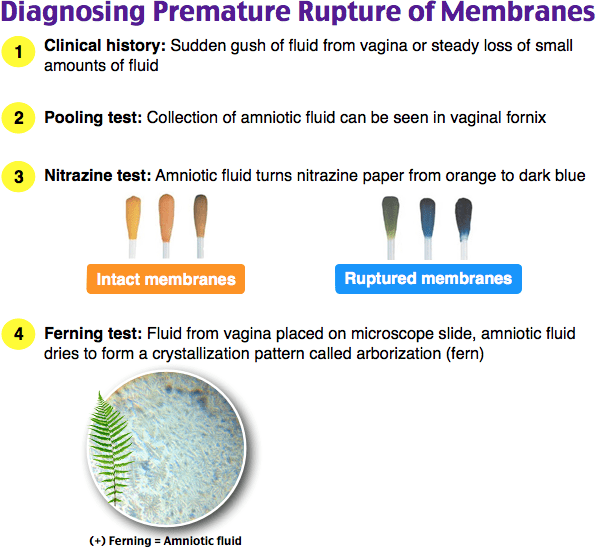Introducing a New Maternity Care Module for the ABFM Certification Exam

Introducing the new ABFM Maternity Care Content-Specific Module, available to Family Medicine residents, residency programs, and practicing physicians. This module is best suited for Family Medicine physicians looking for a focused, high-yield Qbank review for ABFMs Content-Specific Modules required during the certification exam. This content is novel, and not included in Rosh Review’s main Family Medicine Qbank or mock exams.
Family Medicine programs that subscribe to Rosh Review also gain access to the Content-Specific Modules in their PD Dash.
Categories include:
- Preventive care
- Prenatal screening
- Complications of pregnancy
- Chronic diseases in pregnancy
- Acute diseases in pregnancy
- Management of labor and delivery
- Advanced life support
Content is organized by task:
- History and Physical
- Diagnostic studies
- Diagnosis
- Health maintenance
- Clinical intervention
- Clinical therapeutics
- Scientific concepts
Here is an example:
A 26-year-old G1P0 woman presents to labor and delivery at 38 weeks of gestation complaining of a feeling of wetness in her underwear over the last several hours. Physical examination using a sterile speculum reveals a cervix that is not dilated or effaced. Clear fluid is visible in the posterior fornix of the vagina, but no fluid is noted from the cervical os when the woman pushes on her fundus, coughs, or during Valsalva maneuver. Which of the following diagnostic testing results confirms premature rupture of membranes?
A. pH of 3.8 on nitrazine paper
B. pH of 5.0 on nitrazine paper and absence of ferning
C. pH of 6.0 on nitrazine paper
D. pH of 7.3 on nitrazine paper and presence of ferning
Answer D
A pH of 7.3 on nitrazine paper and presence of ferning provides laboratory confirmation of premature rupture of membranes. Premature rupture of membranes refers to membrane rupture prior to the onset of uterine contractions in pregnancies greater than or equal to 37 weeks. Preterm premature rupture of membranes refers to premature rupture of membranes prior to 37 weeks of gestation. Classically, a sudden “gush” of pale yellow or clear fluid is noted from the vagina, but many women note just a sense of wetness within the vagina or on the perineum or experience intermittent or constant leaking of small amounts of fluid. Examination of the cervix should be performed using a sterile speculum for patients who are not in active labor and digital examination should be avoided because it may increase the risk of intrauterine infection. Diagnosis may be confirmed with physical examination if amniotic fluid is visualized coming out of the cervical os. If fluid is not visible, the woman may increase fundal pressure by pressing on her fundus, coughing, or performing the Valsalva maneuver in an effort to precipitate leakage of amniotic fluid from the cervical os. If the diagnosis of premature rupture of membrane is not obvious after direct visual inspection, the diagnosis can be confirmed by testing the pH of the vaginal fluid with nitrazine paper and observing dried amniotic fluid on a glass slide for the presence of ferning. The normal acidic pH of the vagina (pH of 3.8 to 4.2) and urine (pH of 5.0 to 6.0) differ from amniotic fluid, which usually has a pH range of 7.0 to 7.3. Ferning is assessed by swabbing fluid from the posterior vaginal fornix onto a glass slide and allowing it to dry for at least 10 minutes. Dried cervical mucus produces a thick and wide arborization pattern which contrasts with the delicate ferning pattern of amniotic fluid.
A pH of 3.8 on nitrazine paper (A) does not confirm premature rupture of membranes because the pH of amniotic fluid lies between 7.0 and 7.3, so this is more consistent with the normal acidic vaginal pH of 3.8 to 4.2. A pH of 5.0 on nitrazine paper and absence of ferning (B) does not confirm premature rupture of membranes because the pH of amniotic fluid lies between 7.0 and 7.3 and there is no ferning to indicate the presence amniotic fluid. A pH of 6.0 on nitrazine paper (C) does not confirm premature rupture of membranes because the pH of amniotic fluid lies between 7.0 and 7.3, so this is more consistent with the normal acidic urine pH of 5.0 to 6.0.
One Step Further question:
What bacterial species may cause a false-positive nitrazine test result due to causing an elevated urine pH near 8.0?
Answer:
Proteus species.
Since these categories and tasks are integrated into our improved performance and feedback page, you have access to robust data to help you fine-tune your studying and resources to help increase your Family Medicine Certification Exam score by 100 points.
Or visit the main Family Medicine Qbank page to learn about our ABFM Certification Qbank.
Study on…
The Rosh Review Team
A bolus of confidence. A lifetime of knowledge.






Comments (0)